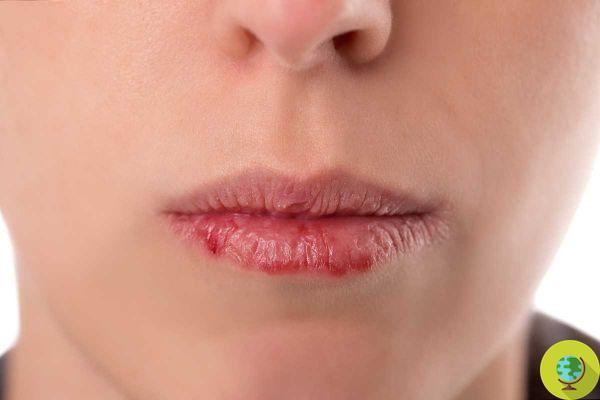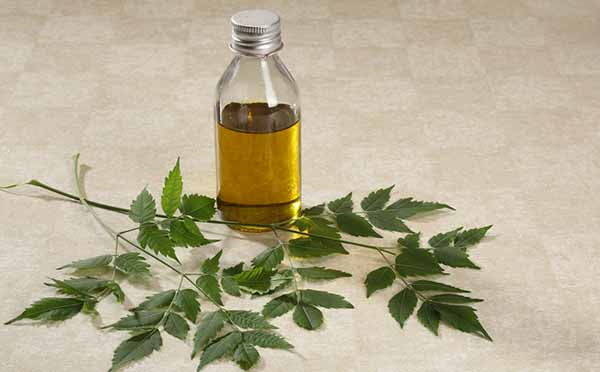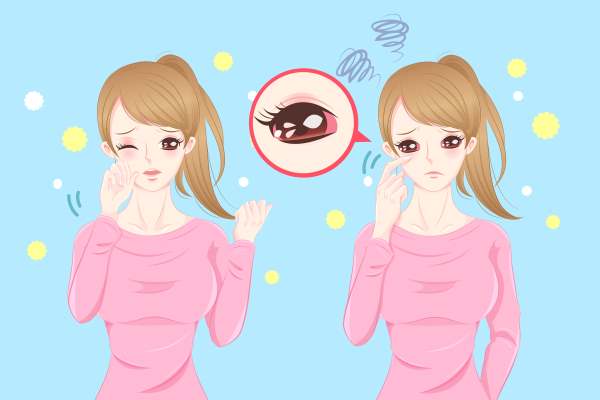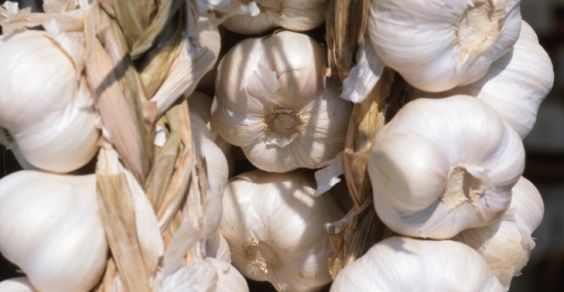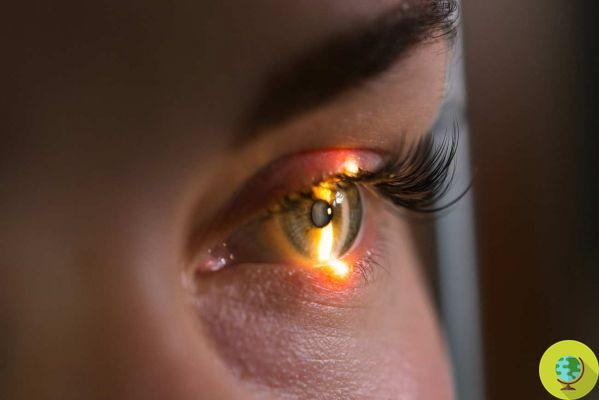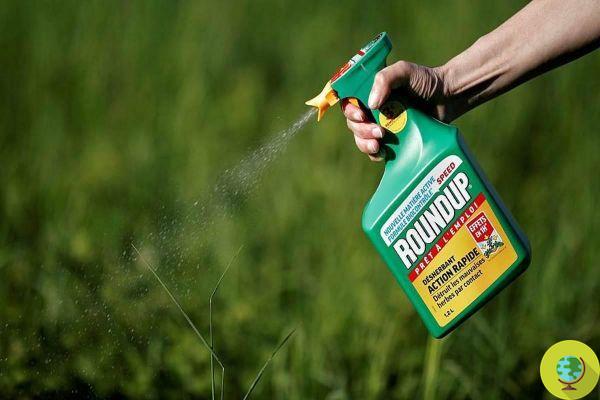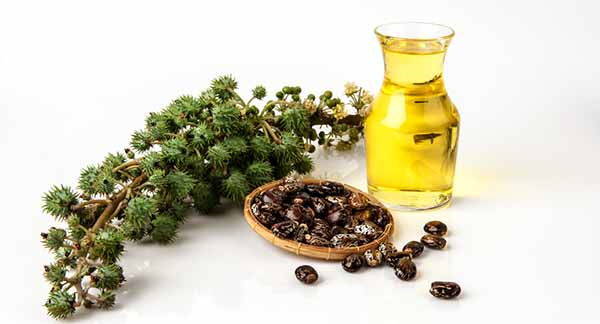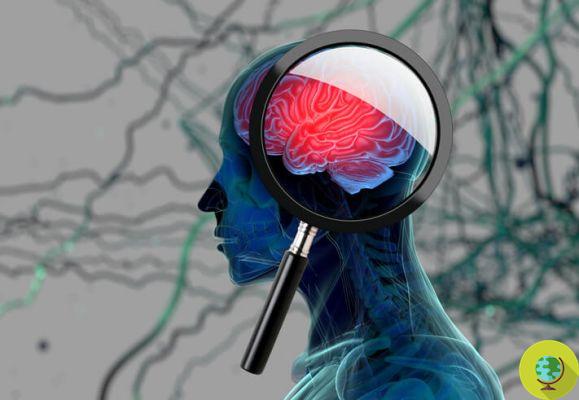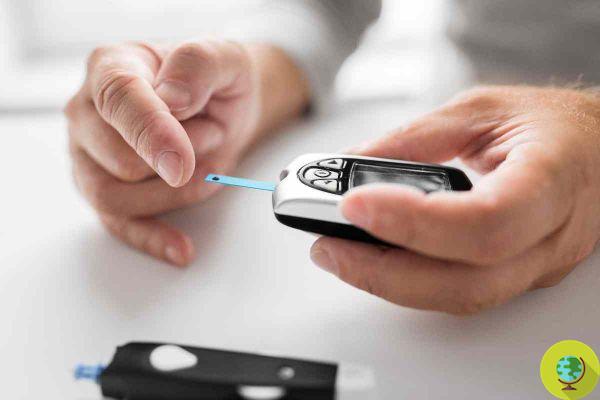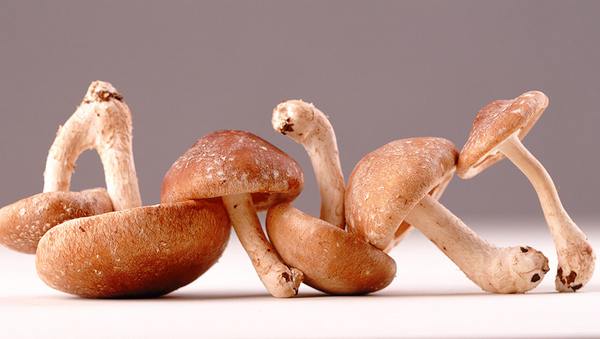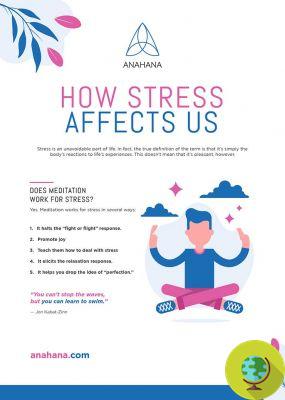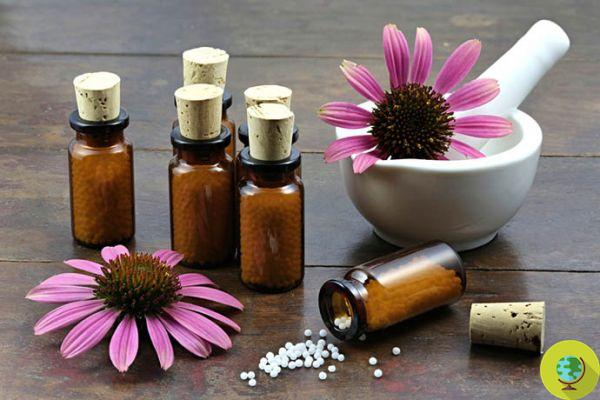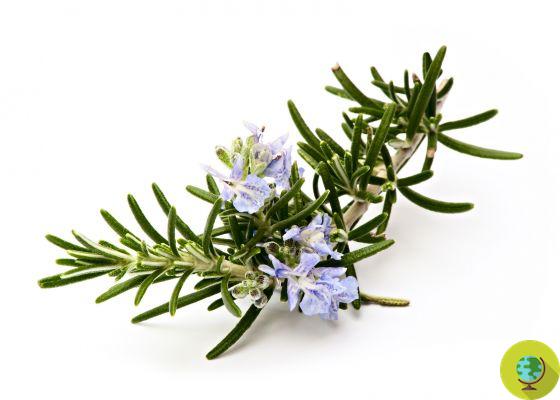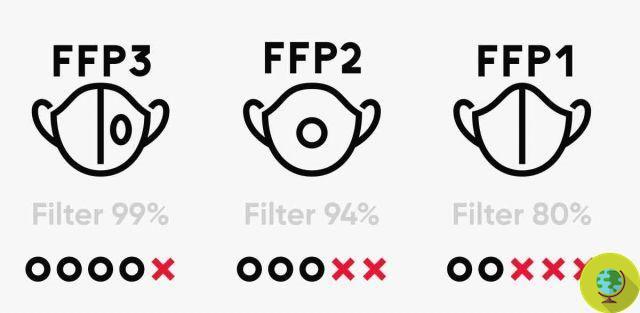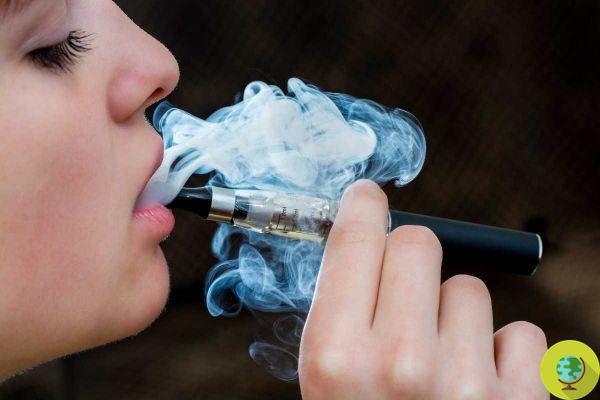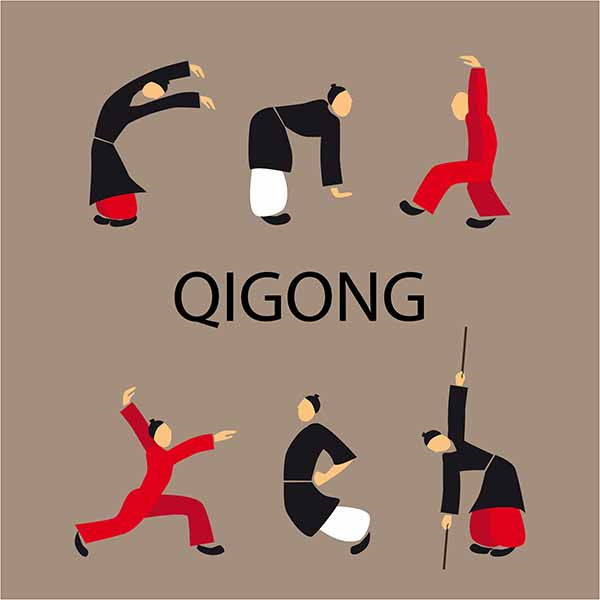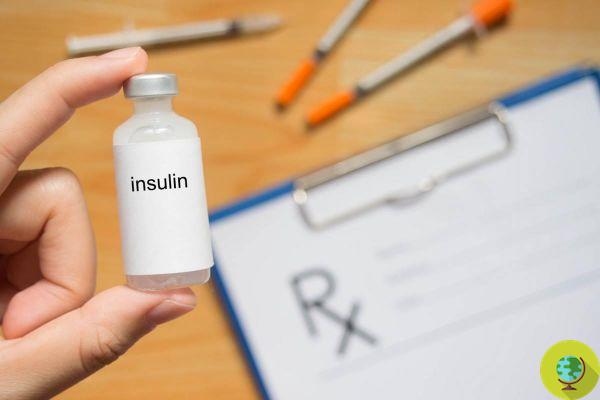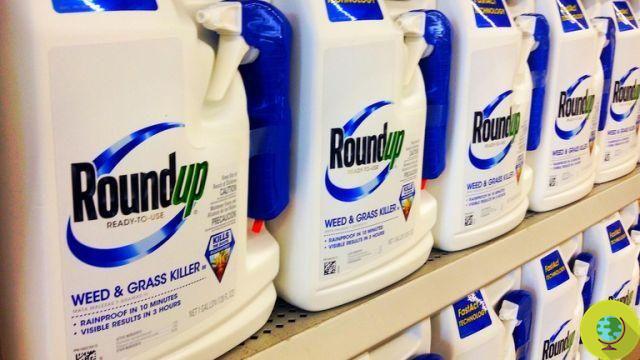
When we hear about Monsanto, we immediately think of GMOs. But the US agro-chemical multinational has been involved in the creation of numerous products that are questionable to say the least, something that perhaps many of us are not aware of.
Don't store avocado like this: it's dangerous
When we hear about Monsanto, let's immediately think of GMOs. But the US agro-chemical multinational has been involved in the creation of numerous products that are questionable to say the least, something that perhaps many of us are not aware of.
Monsanto does not only have to do with genetically modified seeds, but also with the creation of products that are potentially very dangerous for health, including Agent Orange, the herbicide Roundup and DDT.
Let's find out behind which products, sometimes unsuspected, the role of Monsanto is concealed.
Index
Saccharin
John Francis Queeny founded Monsanto Chemical Works with the aim of producing the saccharin for Coca-Cola. It seems that studies carried out in the seventies have shown that saccharin represents a carcinogenic substance for rats and mammals. Yet saccharin continued to be produced and marketed, without taking into account that it could potentially have negative effects on humans as well.
PCB
From 1920 Monsanto began expanding its chemical production to PCB (polychlorinated biphenyls) for the production of engine coolants. Fifty years later, the Environmental Protection Agency published a report citing PCBs as a cause of cancer in animals with the possibility that this negative effect could also affect humans. Only later, after at least 30 years, PCBs have been banned in the US, but they continue to be present in trace amounts in the blood of pregnant women and to be used elsewhere in the world, for example in Argentina.
Atomic bomb
Shortly after being acquired by Thomas Thomas and Hochwalt Laboratories, the Monsanto company became a division of the Central Research Department. Between 1943 and 1945, the department coordinated the forces involved for the Manhattan Project, a military research and development program that led to the creation of the first ones atomic bombs During the Second World War. It was conducted by the US with the support of the UK and Canada.
DDT
In 1944 Monsanto began producing theDDT insecticide under the pretext of combating mosquitoes capable of transmitting malaria. DDT was banned in the United States in 1972 due to its negative effects on human health, including infertility, developmental problems in children, and impaired immune systems.
Dioxin
In 1945 Monsanto began promoting the use of pesticides in agriculture with the production oferbicide 2,4,5-T, a precursor to Agent Orange. This product contained dioxin. Dioxins are persistent pollutants that accumulate in the food chain, especially in the adipose tissue of animals. For decades, Monsanto has been accused of hiding dioxin contamination in a wide range of products.
agent Orange
in 1960 Monsanto became the largest producer of Agent Orange, a herbicide and defoliant used as a chemical weapon during the Vietnam War. Monsanto's formula for Agent Orange contained much more dioxin than that made by Dow Chemicals. As a result of using Agent Orange, Vietnam has estimated that over 400 people were killed or maimed. 500 babies were born with malformations and at least 1 million people suffered from health problems. This substance also had negative effects on the American military and their descendants. However, the veterans have never received compensation from Monsanto for being exposed to Agent Orange.
RoundUp
The herbicide RoundUp it is the Monsanto product that we perhaps know best as it is still used around the world. It is a herbicide based on glyphosate, a substance thatWHO has recently inserted between probable human carcinogens. According to experts, glyphosate is capable of damaging the DNA of humans and mammals. Farmers exposed to glyphosate would have a better chance of developing non-Hodgkin's lymphoma.
Read also: Carcinogenic glyphosate: sign petition to ban Monsanto's herbicide
Aspartame
In the United States, the FDA has approved the use and consumption of aspartame despite the fact that this substance has been shown to be harmful to animals in clinical studies conducted on it. In 1985 Monsanto bought the aspartame company (GD Searle) and began marketing it under the name of NutraSweet. The actual safety of aspartame for humans and at the same time its potential toxicity are still highly controversial.
Ormone della bovine growth rBGH
This growth hormone was developed by Monsanto to be injected into cattle with the aim of increasing milk production. Overproduction of milk exposes cows to udder pain and inflammation. This leads to the use of antibiotics and other medications at the veterinary level. It is feared that this hormone may be carcinogenic to humans.
Petroleum-based fertilizers
In 1955 Monsanto began manufacturing petroleum-based fertilizers after the purchase of a refinery. These fertilizers destroy the beneficial microorganisms present in the soil and render the soils unproductive. In this way, in agriculture, a real dependence on industrial products is created to make the land productive again and we move further and further away from a model of natural agriculture that has as its objective a diet free of harmful substances.
Marta Albè
Photo source: Fox News
Read also:
WHO: 5 pesticides classified as carcinogenic to humans
GMO: l'Olanda says No to Monsanto and mete al bando l'erbicida RoundUp
RoundUp from Monsanto: is there a correlation even with super resistant bacteria?




